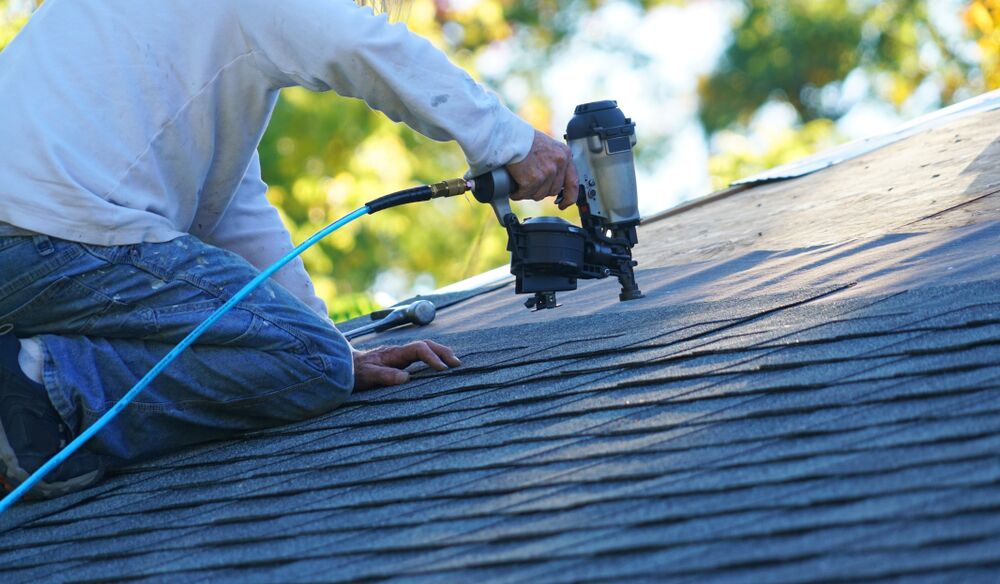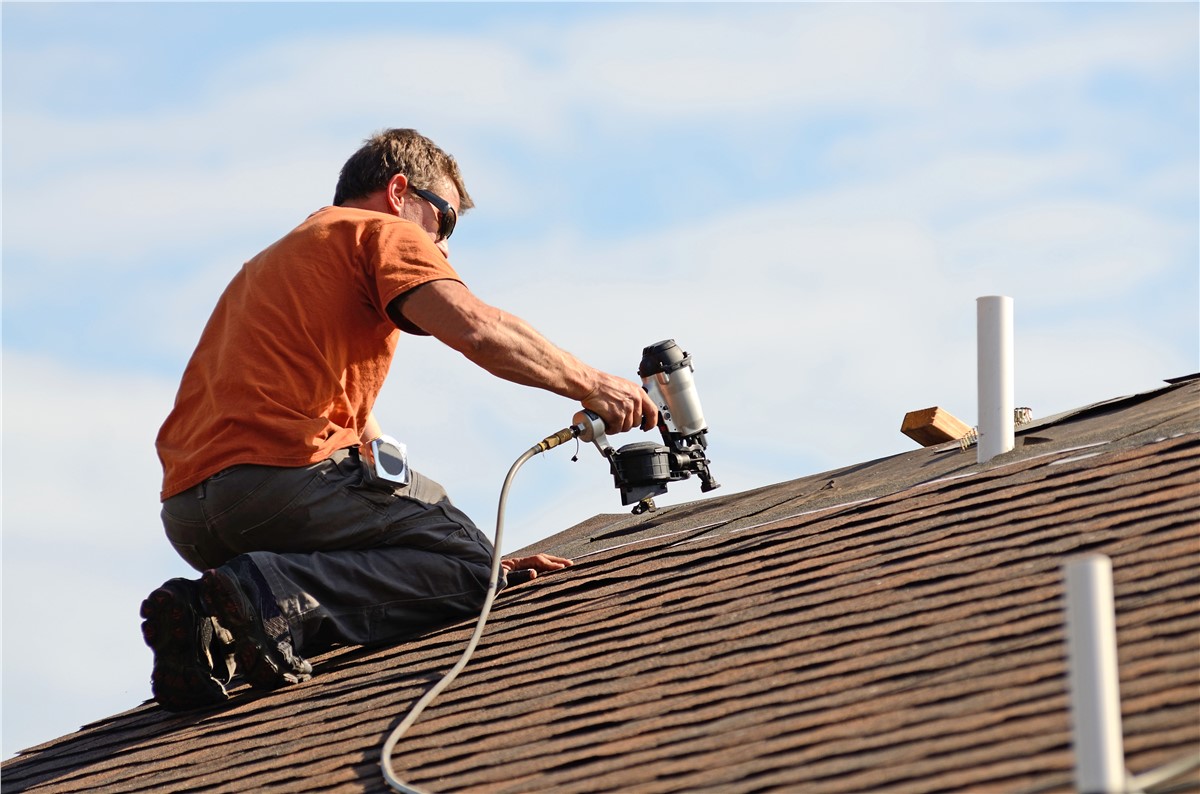Recognizing the Different Kinds of Roofs: A Comprehensive Guide for Homeowners
In the world of homeownership, choosing the ideal roof covering design is a choice that brings substantial implications for both performance and aesthetic charm. With a variety of choices-- ranging from the traditional gable to the modern flat-- each type provides special benefits and challenges that need to align with the house owner's certain requirements and ecological factors to consider. Understanding these differences not only aids in making an educated choice but also affects long-term maintenance and energy performance. As we discover the intricacies of different roofing system types, it becomes obvious that size does not fit all; the ideal choice may stun you.
Gable Roofs
Gable roofings, identified by their triangular shape, are among one of the most prominent roof covering designs due to their simplicity and performance in shedding water and snow. This style includes 2 sloping sides that meet at a ridge, permitting effective drainage and lessening the risk of water buildup. The steep pitch commonly related to saddleback roofs boosts their capability to manage heavy rainfall, making them ideal for numerous environments.
In enhancement to their useful advantages, saddleback roofs use aesthetic versatility. They can be adjusted to various architectural designs, from traditional to contemporary homes. The design can likewise suit additional features such as dormer home windows, which boost natural light and ventilation in the attic area.
Moreover, gable roof coverings supply ample room for insulation, adding to power efficiency. House owners can select from a selection of roof covering materials, consisting of asphalt shingles, metal, and floor tiles, additionally boosting modification options.
Despite their benefits, saddleback roofs may need added support in locations prone to high winds or heavy snowfall. Overall, the saddleback roof remains a popular selection because of its blend of performance, toughness, and aesthetic appeal.
Flat Roofs
Level roofs are typically identified for their minimalist style and sensible applications, especially in business and commercial setups (oahu roofing). These roofing systems feature a horizontal or nearly straight surface area, which enables very easy construction and functional room utilization. While they may do not have the aesthetic allure of pitched roofs, level roofing systems use various advantages, specifically in urban atmospheres where making the most of space is crucial
One of the primary advantages of level roofs is their availability. House owners can utilize the roofing system space for different objectives, such as roof yards, balconies, or photovoltaic panel setups. Furthermore, flat roof coverings are usually extra affordable to maintain and mount contrasted to their sloped equivalents, as they require fewer materials and labor.
Nonetheless, flat roofing systems do existing certain difficulties. Appropriate drainage is important to stop water pooling, which can bring about leakages and architectural damage. Thus, selecting high-quality waterproofing materials and normal inspections are critical for ensuring durability. Typical materials made use of for flat roofings consist of built-up roof (BUR), customized bitumen, and single-ply membrane layers, each offering distinctive advantages. Generally, flat roofing systems work as a practical and adaptable option for numerous home owners and organizations alike.
Hip Roofing Systems
Hip roofing systems are characterized by their sloped sides that merge on top, forming a ridge. This style is distinct from saddleback roofs, as all four sides of a hip roofing slope downwards towards the wall surfaces, giving a more stable structure. The angle of the slopes can vary, enabling for versatility in architectural looks and functionality.
Among the primary benefits of hip roof coverings is their capability to hold up against hefty winds and negative climate condition. The sloped surface areas allow better water drain, lowering the risk of leaks and water damage. Furthermore, hip roofings supply raised attic room space, which can be utilized for storage space or perhaps exchanged habitable locations.
However, building a her explanation hip roof can be extra intricate and expensive than easier roofing kinds, such as gable roofings. The added product and labor included in creating the slopes and making certain proper structural stability can bring about greater expenditures. Despite these downsides, lots of homeowners favor hip roofs for their toughness, visual allure, and potential for energy performance.
Mansard Roofings
Mansard roof coverings, commonly acknowledged by their special four-sided design, feature 2 slopes on each side, with the reduced incline being steeper than the upper. This architectural style, originating from France in the 17th century, is not just visually enticing however functional, as it makes the most of the usable room in the upper floors of a building. The high reduced slope permits even more clearance, making it a suitable selection for loft spaces or attics, which can be exchanged living rooms.
Mansard roof coverings are defined by their adaptability, accommodating various building designs, from standard to modern-day. They can be created with different materials, including asphalt roof shingles, slate, or metal, giving homeowners with a variety of choices to suit their budgets and preferences. In addition, the design allows for the assimilation of dormer home windows, boosting all-natural light and air flow in the top levels.
Nevertheless, it is necessary to consider the prospective downsides. Mansard roofings might require even more maintenance as a result of the intricacy of their style, and their steep inclines can be testing for snow and rainfall runoff. In general, mansard roofs combine beauty with practicality, making them a preferred choice among house owners seeking unique architectural features.
Shed Roof Coverings
As homeowners increasingly seek simplicity and capability in their building styles, lost roofs have actually become a popular option. Identified by a solitary sloping aircraft, a shed roofing system offers a minimalist aesthetic that complements different home styles, from modern to rustic.
Among the key benefits of a shed roof covering is its uncomplicated building, which typically converts to decrease labor and material costs. This style allows for reliable water drainage, lowering the danger of leaks and water damages. In addition, the upright incline gives sufficient area for skylights, enhancing natural light within the inside.
Dropped roofs likewise provide flexibility use this link in terms of use. They can be effectively integrated into enhancements, garages, or exterior structures like pavilions and sheds. In addition, this roofing design can fit different roofing products, including metal, asphalt tiles, or also green roof coverings, straightening with green efforts.
Nevertheless, it is vital to take into consideration regional environment conditions, as heavy snow loads might demand modifications to the roof covering's angle or framework. Overall, lost roofs provide a functional and cosmetically pleasing option for home owners aiming to take full advantage of performance without endangering design.
Verdict


Gable roofings, defined by their triangular shape, are among the most prominent roof designs due to their simpleness and performance in losing water and snow. oahu roofing. The high pitch typically linked with gable roofs enhances their ability to handle heavy precipitation, making them suitable for different climates
While they might lack the visual allure of pitched why not try these out roofings, level roof coverings use countless advantages, specifically in city environments where making best use of area is vital.
